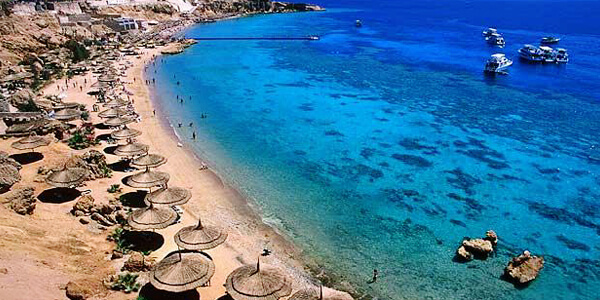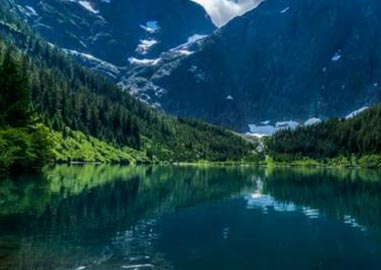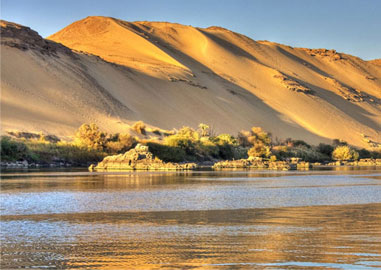
Red Sea Facts, Location, Pictures and Size
Posted By MariaStretching as long as 2,250 kilometers in length, the Red Sea is located between the Asian and African continents and this historically important water body is regarded as the northernmost tropical sea of the world. On its southern end, it makes contact with the Indian Ocean while at its extreme north, there lies the Sinai Peninsula and the Suez Canal. At the maximum width, it measures 355 km whereas the deepest point has been recorded to be over two kilometers. If you want to know about the strange Red Sea facts, just go through the following points:
- Concerning the origin of the name Red Sea, it is the direct translation of the Greek "Erythra Thalassa" and signifies the seasonal bloom of the red colored filamentous cyanobacteria, called sea sawdust, near the water surface.
- Some of the scholars are of the view that Red Sea has been named so because of its location in the south, in the same way as Black Sea is called 'black' for its northern location.
- It is important to note that, in the past, some Asiatic languages made use of color words to refer to the cardinal directions (East, West, North & South), for example Herodotus alternatively used the terms "Southern Sea" and "Red Sea".
- Surprisingly, the global conservation organization, WWF, has included this inlet of the Indian Ocean in the Global 200 that is the list of the ecoregions in the world needing attention for conservation.
- The sea serves as a home for as many as 1000 invertebrate animal species and over two hundred hard and soft coral species.
- Do you know that this northernmost tropical sea of the world has the approximate water volume of the 233,000 square kilometer?
- Ancient Egyptians were the first to conduct an exploration of the sea as early as 2500 BC when they wanted to establish commercial routes to the Land of Punt referring to the coastal parts of the present day Somalia, Eritrea, Djibouti and Ethiopia
- The Exodus, one of the five books of Torah the Hebrew Bible, makes a reference to "Yam Suph", a river that the Jews crossed under the leadership of Moses to escape the cruelties of Pharaoh. The historians and religious scholars are of the view that Yam Suph is a Biblical reference to the present day Red Sea.
- Are you aware of the fact that the Red Sea lies between the arid land and the semi desert regions and contains relatively saline water to the north due to the excessive evaporation of water and hot water to the south owing to its contact with the Indian Ocean via the Gulf of Aden?
- The differential heating patterns of the sea and the coastal lands give rise to monsoon winds, which are of two types, namely, the northeasterly monsoon and the southwesterly monsoon, thus collectively contributing to the climate of the region.
- The Red Sea is regarded as one of the warmest and saltiest bodies of seawater in the world because of the very high surface temperatures that are coupled with the high levels of salinity.
- The average salinity of different seas and oceans in the world is up to 35 percent, but the salinity of the Red Sea, on the other hand, is 40 percent.
- The divers have found the coral-encrusted bones and remains of chariots in the Gulf of Aqaba which confirm the authenticity of the Biblical tale of Moses parting the Red Sea and the drowning of the entire army of the cruel Egyptians.
- The divers, in repeated dives over the stretch of nearly three kilometers and up to the depth of 60 meters, have emerged with the discovery that parts of the chariots of the drowning Egyptian army are scattered across the sea bed along with human bones.
- In English language, besides the Red Sea, there are three other seas that have been named after colors, which are the Black Sea, the White Sea and the Yellow Sea.
- The part of the Great Rift Valley contributed by this exceedingly saltine water body is known as the "Red Sea Rift" and about 65 percent of it is quite shallow with the depth ranging from 50 to 100 meters.
World Information - Latest Articles

Most Natural Beautiful Country in the World
Written By IsaacQuantifying the beauty of a country for the sake of ranking is a tough task. It requires deep...

Facts About the Most Technologically Advanced Cities in the World
Posted By IsaacToday economic strength and advances in technology go hand in hand in determining...

Largest River in The World
Posted By IsacThousands of rivers flow through different parts of the earth and enrich it with precious...
